With the government's systematic involvement and vision of sustainable development, Bilbao has become a livable "green city", an inspiring model for post-industrial cities around the world .
The Guggenheim Museum Bilbao, designed by architect Frank Gehry, is a symbol of urban regeneration and is considered the center of the “Bilbao Effect.”
A time of crisis and pollution
Situated on the Nervión River and surrounded by the Basque Mountains, Bilbao was Spain’s industrial heart for more than a century. From the late 19th century to the second half of the 20th century, it was a center of shipbuilding, steelmaking, and coal mining. The city thrived thanks to its strategic port location near the Cantabrian Sea, but this prosperity came at a heavy price: pollution, a devastated urban landscape, and an economy almost entirely dependent on heavy industry.
After decades of explosive growth, Bilbao fell into crisis in the 1970s and 1980s as its traditional industry began to decline. The global oil crisis, competition from Asia, and the collapse of old factories pushed unemployment to 25% by the early 1990s. The city was shrouded in gray: polluted air, canals clogged with industrial sludge, and a desolate port area along the Nervión River.
The most serious incident was the historic flood of 1983, which killed more than 30 people and caused an estimated 1 billion euros in damage (in today's market price). The flood exposed weaknesses in the infrastructure system and became a shock that forced Bilbao officials to reconsider the entire direction of urban development.
Innovation towards green, smart cities
Today, Bilbao is a shining example of post-industrial urban transformation in Europe. The city has not only recovered from the industrial decline, but has also emerged as a centre of culture, innovation and sustainability – highly regarded by many international organisations.
One of the pillars of the transformation is reducing dependence on cars. According to the European Commission’s Urban Mobility 2024 Report, Bilbao saw more than 1 million fewer motor vehicle trips in the first quarter of 2024 compared to the same period in 2019, a decrease of 13.9%. At the same time, 70% of all trips in the city are now made by walking, cycling or public transport – a huge improvement from 50% in 2015.
Metro Bilbao, the city’s subway system, will switch to operating entirely on renewable energy from 2022. In 2024, the operator partnered with Siemens to deploy an energy-optimizing AI system that will save an additional 12% of electricity consumption without affecting service quality (Siemens Press, 2024).
Bilbao is not only innovating in transportation, but also applying technology to urban management. Water company Consorcio de Aguas Bilbao Bizkaia has partnered with technology company Fractalia to deploy a leak detection system using acoustic sensors and artificial intelligence, which will reduce water loss across the entire network by 20% by 2023.
Notably, during the November 2023 flood, an upgraded climate early warning system funded by the EU accurately predicted 72 hours in advance, reducing economic losses by about 18 million euros compared to a similar flood in 2019.
From a city dependent on steelmaking, Bilbao has transformed itself into an innovation hub. The Biscay Technopark is now home to nearly 80 start-ups and R&D companies, creating more than 4,200 jobs in the technology sector between 2020 and 2024 alone. The strategy of attracting high-quality human resources has also been effective, with more than 2,500 digital workers from abroad moving here since 2022. The major technology event Bilbao Slush'D 2025, modeled after Finland's Slush model, attracted more than 3,000 investors and start-ups from 40 countries, connecting investment capital of up to 8 billion euros.
“We are proving that cities do not have to choose between progress and identity,” Bilbao Mayor Juan Mari Aburto said in his Policy 2025 message. Bilbao has cleverly combined technological innovation with concrete civic solutions – from electric bikes and water sensors to attracting global intelligence. Without the need for multi-billion dollar mega-projects, Bilbao is quietly reshaping the concept of the “post-industrial city” of the 21st century.
Bilbao's urban regeneration process is also highly appreciated in the international arena. The report "The Future of Cities" published by the Organization for Economic Cooperation and Development (OECD) in 2023 called Bilbao "a model of sustainable transformation in European medium-sized cities". The UN-Habitat in its special newsletter on "Post-industrial cities and the restoration of urban identity" (2024) stated: "Bilbao has done what many large cities could not: Restore the trust of citizens through quality public spaces and an inclusive economy"...
From a forgotten heavy industrial city on the banks of the Nervión River, Bilbao has emerged as living proof that sustainable development is not just a theory. It is a feasible path if the government is determined, and the people are placed at the center of all policies.
Source: https://hanoimoi.vn/bilbao-tu-thanh-pho-khoi-bui-den-bieu-tuong-do-thi-xanh-702531.html


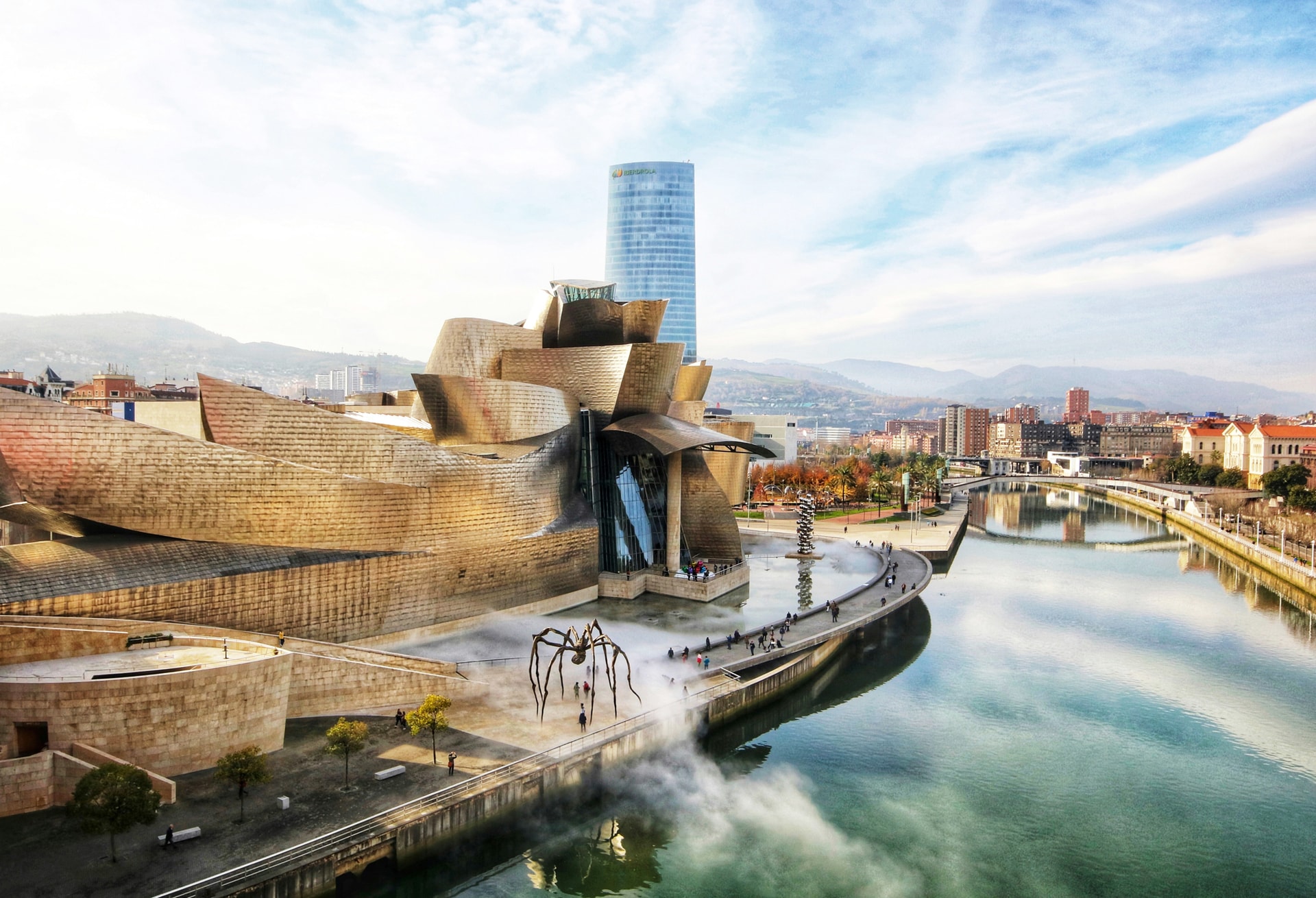

![[Photo] Explore the US Navy's USS Robert Smalls warship](/_next/image?url=https%3A%2F%2Fvphoto.vietnam.vn%2Fthumb%2F1200x675%2Fvietnam%2Fresource%2FIMAGE%2F2025%2F12%2F10%2F1765341533272_11212121-8303-jpg.webp&w=3840&q=75)






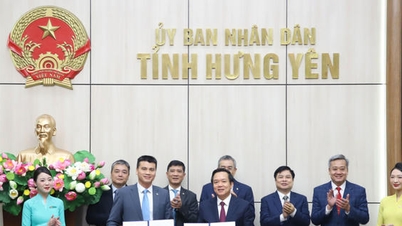

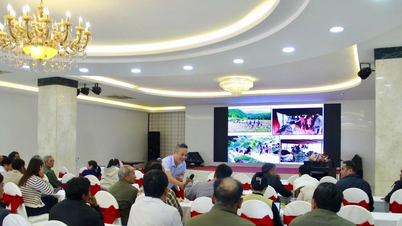



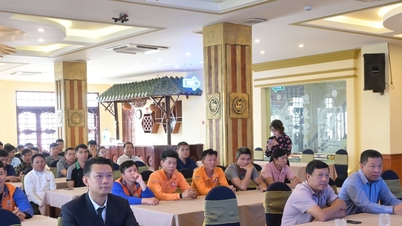



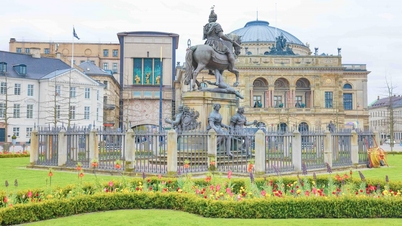

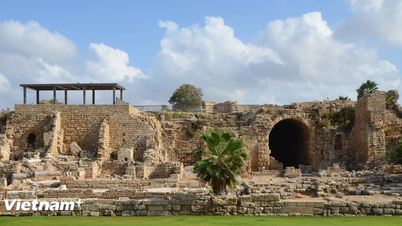



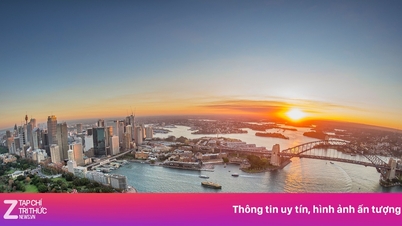







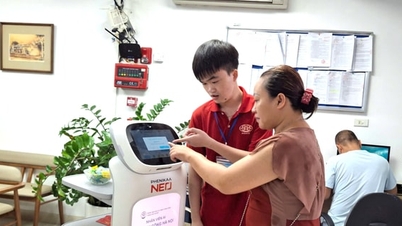


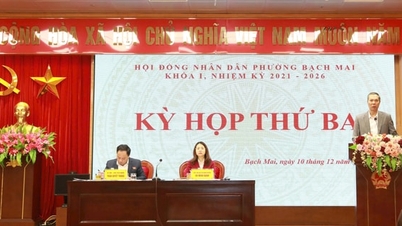

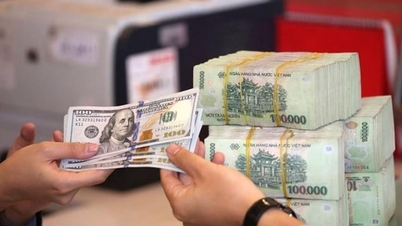

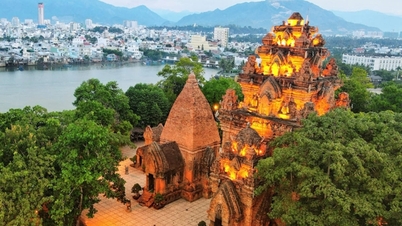






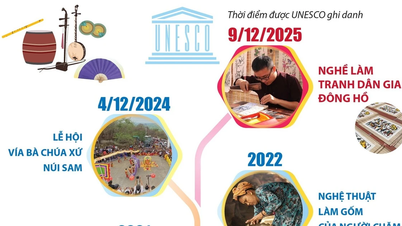
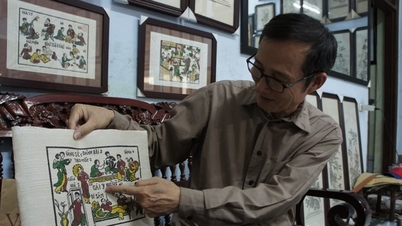



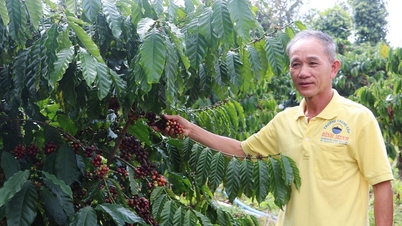




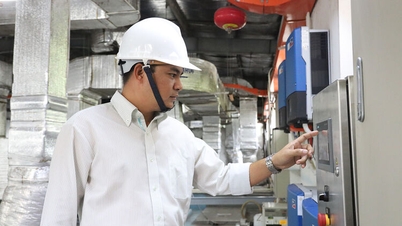



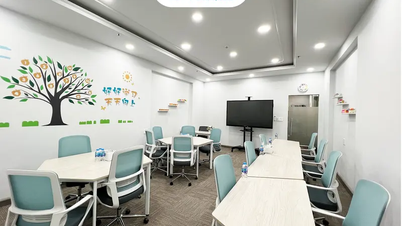



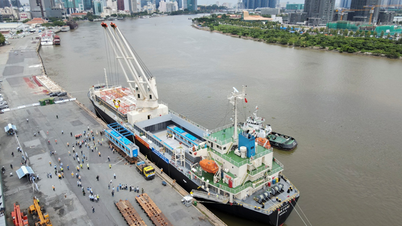

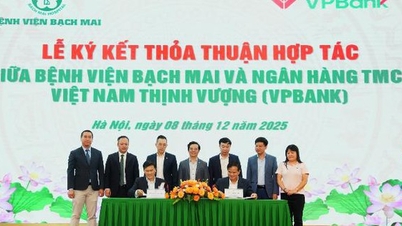












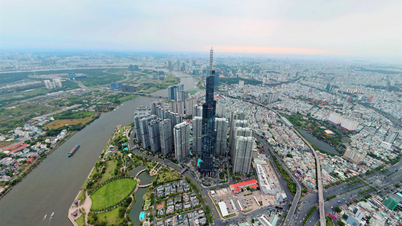
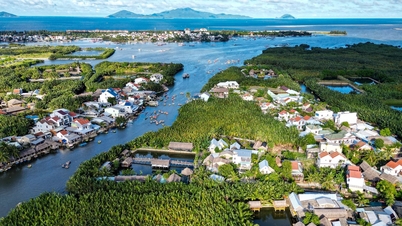



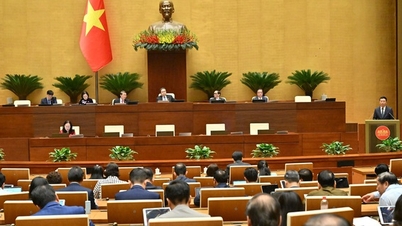


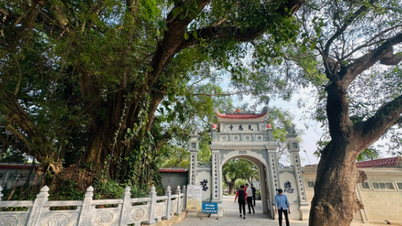




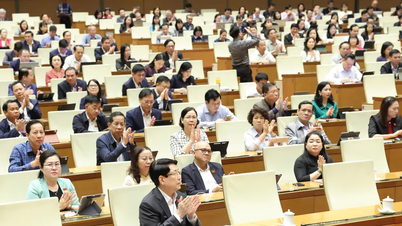























Comment (0)